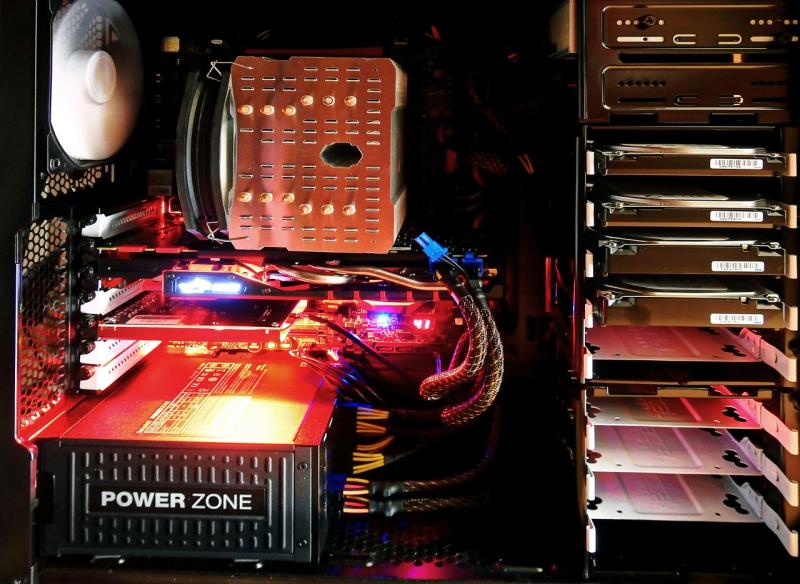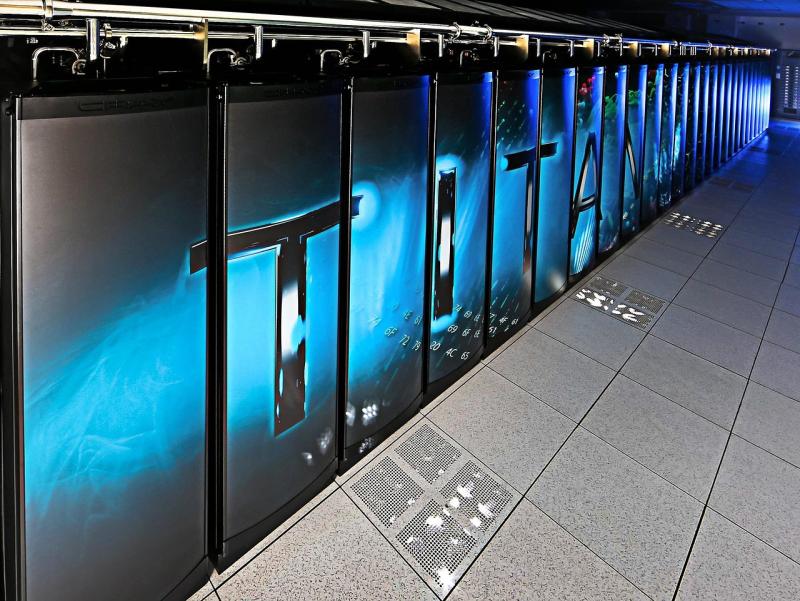The Ultimate Guide to Building a Future-Proof PC
Building a future-proof PC is about more than just assembling powerful components; it requires foresight, research, and an understanding of both current trends and future advancements in technology. A future-proof PC will not only meet today’s demands but also adapt to evolving requirements in the years to come. Whether you are a gamer, a content creator, or a tech enthusiast, this guide will walk you through the essential aspects of creating a PC that can stand the test of time.
1. Start with a Forward-Thinking CPU
The central processing unit (CPU) is the brain of your PC, making it a critical component in ensuring long-term performance. Opt for the latest generation of processors from reputable manufacturers like AMD or Intel. Look for CPUs with multiple cores and threads, as modern software increasingly relies on parallel processing. Features such as PCIe 5.0 and support for DDR5 memory are vital, as they enable compatibility with next-generation technologies.
Choosing a CPU with a long lifespan also involves checking the manufacturer’s roadmap. A socket that will continue to be supported in the coming years allows for future upgrades without needing a new motherboard, saving you both time and money.
2. Invest in a Powerful GPU
For gaming enthusiasts and content creators, the graphics processing unit (GPU) is just as important as the CPU. The latest GPUs offer cutting-edge features like ray tracing, AI-accelerated rendering, and support for higher resolutions. While premium GPUs can be expensive, consider mid-tier options that offer a balance between performance and cost.
When selecting a GPU, also think about the resolution and refresh rate of your monitor. A high-end card might not be necessary if you’re gaming at 1080p, but it’s crucial for 4K or ultrawide displays. Additionally, ensure the GPU has sufficient VRAM (video memory) for future game releases and demanding software applications.
3. Choose a Feature-Rich Motherboard
The motherboard serves as the backbone of your PC, connecting all components and determining their compatibility. Opt for a motherboard with ample expansion slots, USB ports, and storage connections. Features like Wi-Fi 6 or 6E, Bluetooth 5.2, and a robust VRM (voltage regulator module) are desirable for ensuring reliability and future compatibility.
Pay close attention to the chipset. Higher-end chipsets offer support for additional PCIe lanes, overclocking capabilities, and faster USB transfer speeds. A motherboard with these features provides the flexibility needed for future upgrades.
4. Prioritize Fast and Expandable Storage
Storage is another critical consideration when building a future-proof PC. While SSDs (Solid State Drives) are faster and more durable than traditional HDDs (Hard Disk Drives), they can be more expensive. A hybrid setup—using an NVMe SSD for your operating system and primary applications, and an HDD for bulk storage—provides the best of both worlds.
Consider a motherboard with multiple M.2 slots for NVMe drives, as this allows you to expand your storage in the future. Additionally, opt for SSDs with high read/write speeds and a decent capacity to ensure fast boot times and smooth application performance.
5. Allocate Enough RAM
When it comes to RAM, more is better. For gaming, 16GB is currently the minimum standard, but 32GB offers a better buffer for multitasking, streaming, and running memory-intensive applications. If you’re into professional video editing or 3D rendering, 64GB might be worth considering.
Choose RAM sticks that are compatible with your motherboard and CPU. Prioritize higher clock speeds and lower latency, as these impact performance. Finally, ensure your motherboard has extra slots for future upgrades.
6. Use a High-Quality PSU
The power supply unit (PSU) is often overlooked but is vital for a future-proof build. A reliable PSU ensures stable power delivery, protecting your components from damage. Choose a modular or semi-modular PSU with an efficiency rating of at least 80+ Gold to minimize energy consumption and heat generation.
Make sure the PSU has enough wattage to support your current components as well as any potential upgrades, such as a more powerful GPU or additional storage drives.
7. Optimize Cooling and Airflow
As components become more powerful, they generate more heat. Proper cooling is essential for maintaining performance and extending the lifespan of your hardware. Invest in an efficient CPU cooler, and consider additional case fans or liquid cooling if you plan to overclock your components.
When selecting a case, prioritize those with good airflow and cable management options. A clean interior improves cooling efficiency and makes future upgrades easier.
8. Plan for Expandability
A future-proof PC isn’t just about what’s inside—it’s also about the potential for growth. Choose a case that accommodates larger GPUs, additional storage drives, and more cooling solutions. Modular components, such as storage bays and hot-swappable drive cages, make upgrades more convenient.
Think about the peripherals as well. High-quality monitors, keyboards, and mice are investments that can last through multiple PC iterations. RGB lighting, while not essential, can also be updated and synchronized with your build for a personalized touch.
9. Consider Software and Firmware
Keeping your system future-proof goes beyond hardware. Regularly update your BIOS and firmware to maintain compatibility with new components and technologies. Stay on top of driver updates, as these can significantly improve performance and stability.
Additionally, consider an operating system that receives regular updates and supports new features. For most users, the latest version of Windows provides a robust ecosystem with support for gaming, productivity, and development tools.
Conclusion
Building a future-proof PC is an investment in both time and resources, but the rewards are worth it. By carefully selecting components and planning for upgrades, you can create a system that adapts to changing technology and continues to deliver excellent performance for years. Whether you’re gaming, editing, or simply enjoying a smooth computing experience, a well-thought-out build ensures your PC remains relevant and reliable.
View our related products
See more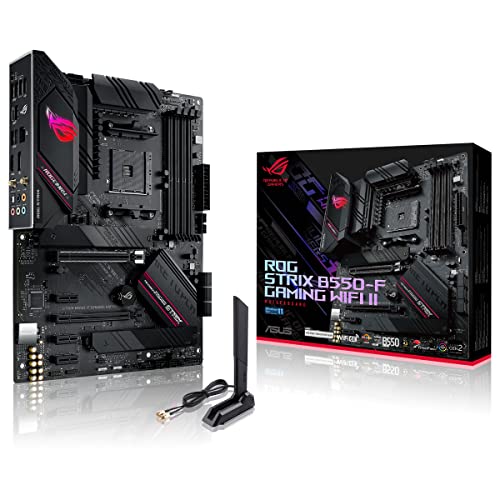
ASUS ROG Strix B550-F Motherboard
Asus
Product Review Score
4.48 out of 5 stars
227 reviews$189.99 $149.99
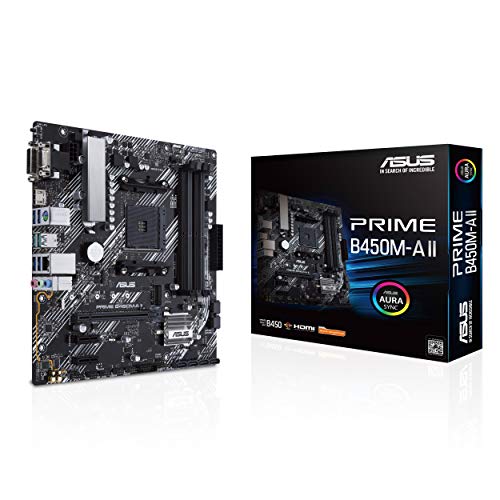
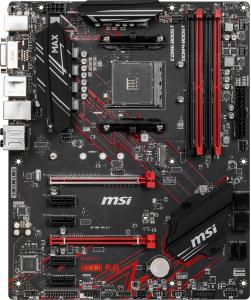
MSI B450 Gaming Max Motherboard
Msi
Product Review Score
4.44 out of 5 stars
50 reviews$114.99 $109.99
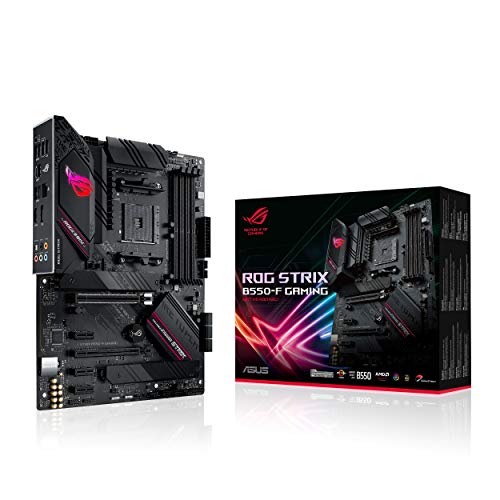
ASUS ROG Strix B550-F Motherboard
Asus
Product Review Score
4.41 out of 5 stars
170 reviews$159.99 $149.99
The Ultimate Guide to Building a Future-Proof PC
Building a future-proof PC is about more than just assembling powerful components; it requires foresight, research, and an understanding of both current trends and future advancements in technology.
Related Articles
Essential High-Performance PC Components You Need Now
Upgrade your setup with the must-have parts for unbeatable gaming and productivity
Top Picks for Best High-Performance PCs
Find the perfect power machine for gaming, work, or creative projects
Your Guide to the Best High-Performance PCs
Find the Right PC for Your Gaming and Creative Needs
View our related products
See more
ASUS ROG Strix B550-F Motherboard
Asus
Product Review Score
4.48 out of 5 stars
227 reviews$189.99 $149.99


MSI B450 Gaming Max Motherboard
Msi
Product Review Score
4.44 out of 5 stars
50 reviews$114.99 $109.99

ASUS ROG Strix B550-F Motherboard
Asus
Product Review Score
4.41 out of 5 stars
170 reviews$159.99 $149.99
